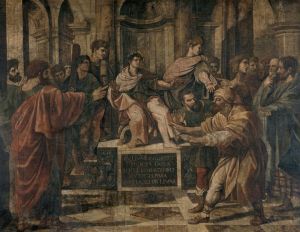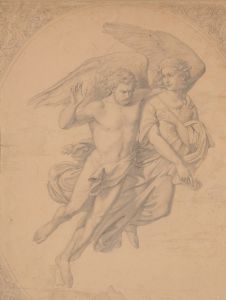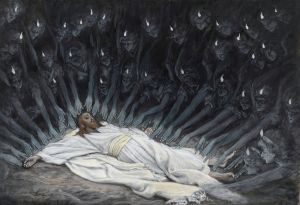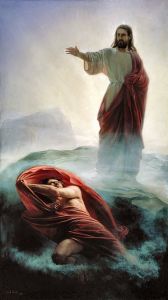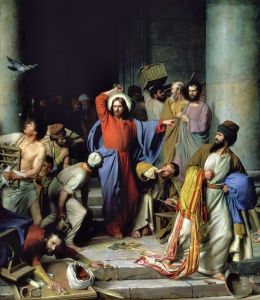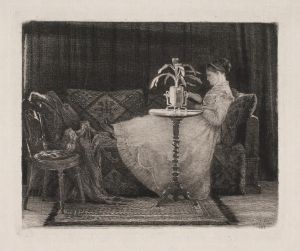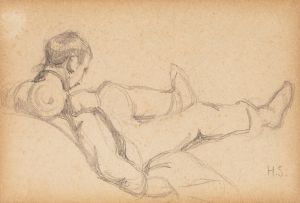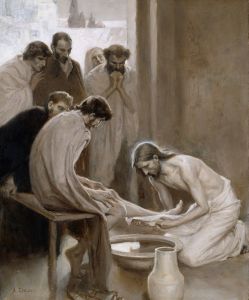
Christ Healing the Blind Man
A hand-painted replica of Carl Bloch’s masterpiece Christ Healing the Blind Man, meticulously crafted by professional artists to capture the true essence of the original. Each piece is created with museum-quality canvas and rare mineral pigments, carefully painted by experienced artists with delicate brushstrokes and rich, layered colors to perfectly recreate the texture of the original artwork. Unlike machine-printed reproductions, this hand-painted version brings the painting to life, infused with the artist’s emotions and skill in every stroke. Whether for personal collection or home decoration, it instantly elevates the artistic atmosphere of any space.
Carl Bloch's painting Christ Healing the Blind Man is a significant work of art that depicts a biblical scene from the New Testament. The painting illustrates the moment when Jesus Christ restores sight to a blind man, a miracle described in the Gospel of John (John 9:1-7). This event is one of the many miracles attributed to Jesus and is often interpreted as a symbol of spiritual enlightenment and faith.
Carl Heinrich Bloch (1834–1890) was a Danish painter renowned for his religious works, many of which were commissioned for churches and other sacred spaces. Bloch studied at the Royal Danish Academy of Fine Arts in Copenhagen and later traveled to Italy, where he was influenced by the works of the Old Masters, including Rembrandt and Raphael. His ability to convey emotion and narrative through his art earned him widespread recognition during his lifetime and beyond.
Christ Healing the Blind Man is part of a larger series of paintings Bloch created for the King's Oratory at Frederiksborg Castle in Denmark. This series, completed between 1865 and 1879, consists of 23 paintings that depict key moments from the life of Jesus Christ. These works were commissioned by Jacob Christian Jacobsen, the founder of the Carlsberg Brewery, as part of a restoration project for the castle following a devastating fire in 1859.
In this particular painting, Bloch employs his characteristic use of light and shadow to emphasize the divine nature of the miracle. The figure of Christ is often portrayed as a source of light, symbolizing hope and salvation, while the blind man is depicted in a posture of humility and faith. Bloch's attention to detail and his ability to capture the humanity of his subjects contribute to the emotional impact of the scene.
The painting reflects Bloch's mastery of composition and his deep understanding of biblical narratives. His works have been widely appreciated for their ability to make religious stories accessible and relatable to viewers. Today, Christ Healing the Blind Man and other paintings from the Frederiksborg series are considered some of Bloch's most important contributions to religious art.
Bloch's art continues to inspire audiences worldwide, particularly within Christian communities. His works are frequently reproduced in religious publications and are often used to illustrate biblical teachings. While Christ Healing the Blind Man remains a testament to Bloch's artistic skill, it also serves as a visual representation of faith, compassion, and the transformative power of belief.





